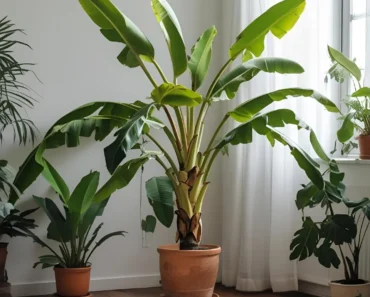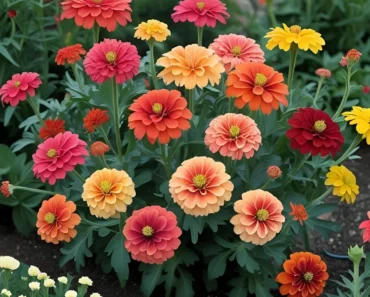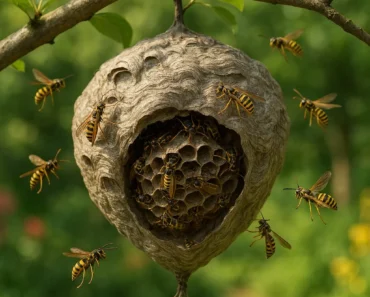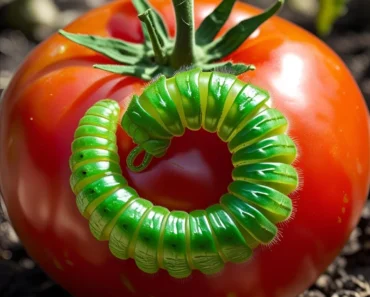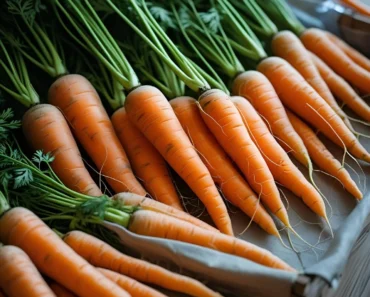Organic mulch is a gardener’s best friend when it comes to enriching soil, conserving moisture, suppressing weeds, and boosting plant health naturally. Unlike inorganic mulches, organic types break down gradually, releasing nutrients and improving soil structure over time. This comprehensive guide explores 9 of the best organic mulch types and their unique benefits to help gardeners choose the ideal mulch for their garden needs.
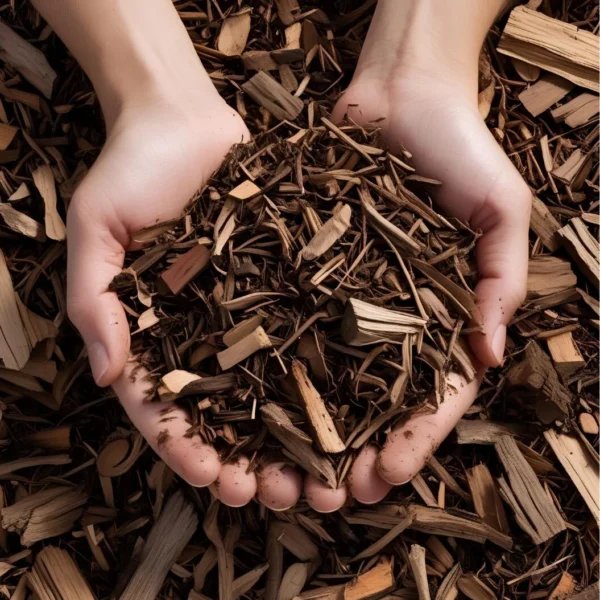
Why Use Organic Mulch?
Organic mulches are derived from natural plant or animal materials. They improve the garden ecosystem by:
-
Feeding and stimulating soil microbial life
-
Enhancing soil texture by increasing aeration and moisture retention
-
Regulating soil temperature (cooler in summer, warmer in winter)
-
Preventing erosion and water runoff
-
Smothering weeds without synthetic chemicals
-
Slowly releasing nutrients as they decompose
Using organic mulch supports sustainable gardening practices that build healthy, resilient soil and plants.gardenbetty+2
Top 9 Organic Mulch Types for Garden Enrichment
1. Compost
Compost is decomposed organic matter rich in nutrients and beneficial microbes.
-
Best for: Vegetable beds, flower gardens, fruit trees.
-
Benefits: Provides slow-release nutrients, improves soil structure, accelerates microbial activity.
-
Application: Spread a 2–3 inch layer around plants or mix into soil before planting.
-
Pros: Free if homemade, excellent multi-purpose soil amendment.
-
Cons: May introduce weed seeds or pathogens if not well-composted.gardenbetty
2. Straw
Straw is dried stalks of cereal crops, free from weed seeds (preferable to hay).
-
Best for: Vegetable beds, mulching around strawberries, and annual gardens.
-
Benefits: Retains moisture, cools soil, effective weed barrier, prevents soil splash.
-
Application: Layer 3–6 inches thick around garden plants but leave space around stems.
-
Pros: Lightweight, inexpensive, easy to spread.
-
Cons: Decomposes quickly, can attract rodents and slugs.journeywithjill+1
3. Wood Chips / Bark
Wood-based mulches are longer-lasting with neat texture and rich organic matter.
-
Best for: Paths, perennial beds, shrubs, trees.
-
Benefits: Slowly decomposes releasing nutrients, suppresses weeds, conserves moisture.
-
Application: Apply 2–4 inches deep but avoid piling against plant crowns to prevent rot.
-
Pros: Attractive, long-lasting; available in varied colors.
-
Cons: Fresh wood chips may temporarily lock nitrogen; avoid treated or dyed mulch in edibles.lawnstarter+1
4. Leaves
Shredded fallen leaves are a readily available, nutrient-rich mulch source.
-
Best for: Naturalizing perennial beds, garden borders, vegetable gardens after shredding.
-
Benefits: Adds organic matter, encourages earthworms, protects soil.
-
Application: Shred before applying to prevent matting, layer 2–3 inches.
-
Pros: Free and sustainable.
-
Cons: Whole leaves can compact and limit air/water flow if applied thickly.journeywithjill+1
5. Grass Clippings
Fresh or dried grass works as a short-term, nitrogen-rich mulch.
-
Best for: Vegetable patches and annual beds.
-
Benefits: Quickly adds nitrogen and keeps soil cool.
-
Application: Apply in thin layers to avoid matting and odor build-up.
-
Pros: Convenient, high nutrient content.
-
Cons: Avoid clippings from treated lawns; watch for odor and fungal growth.thrivelot+1
6. Pine Needles (Pine Straw)
Pine needles are acidic mulch ideal for acid-loving plants and decorative purposes.
-
Best for: Acid-loving shrubs (azaleas, blueberries), woodland gardens.
-
Benefits: Light and airy, they allow water penetration and don’t form crusts.
-
Application: Spread thinly (2-3 inches) around plants.
-
Pros: Long-lasting, fragrant, natural appearance.
-
Cons: Flammable, may acidify soil if used excessively.lawnstarter
7. Cocoa Hulls
Derived from cacao bean shells, these dark mulches provide nutrients and richness.
-
Best for: Flower gardens and raised beds.
-
Benefits: Retains moisture and adds potassium and nitrogen.
-
Application: Layer evenly 2-3 inches.
-
Pros: Aromatic and visually appealing.
-
Cons: Toxic to pets if ingested and can mold in wet climates.gardenbetty
8. Newspaper and Cardboard
Shredded paper products are budget-friendly mulches that suppress weeds and break down.
-
Best for: Vegetable gardens and new planting beds.
-
Benefits: Recycles waste, controls weeds, and improves soil.
-
Application: Lay sheets beneath other mulches or in 3-5 inch layers.
-
Pros: Cost-effective; easy to use.
-
Cons: Avoid glossy, colored paper or heavy ink; can mat if wet.thrivelot+1
9. Coffee Grounds
Spent coffee grounds are prized for nitrogen and texture benefits.
-
Best for: Vegetable gardens, acid-loving plants.
-
Benefits: Adds nitrogen and organic matter; attracts earthworms.
-
Application: Use sparingly within compost or thinly scattered.
-
Pros: Sustainable use of kitchen waste.
-
Cons: Excessive amounts may cause acidity and mold growth.gardenbetty
How to Choose the Right Organic Mulch
-
Match mulch type to plant needs: Acid soils favor pine needles; nutrient-demanding vegetables benefit from compost and grass clippings.
-
Consider availability and cost: Use free or locally sourced materials where possible.
-
Determine durability needed: Use wood chips for long-term projects, straw or compost for short-term.
-
Evaluate aesthetics: Select mulch that complements garden appearance.
-
Consider pest risk: Straw may attract rodents; cacao hulls are toxic to pets.
Maintaining Organic Mulch
-
Replenish mulch as it decomposes—every 6 to 18 months depending on material.
-
Avoid thick layers that can suffocate plants or harbor pests.
-
Turn or lightly rake to aerate and promote microbial activity.
-
Monitor moisture levels; organic mulch should conserve moisture without causing waterlogging.
Benefits to Your Garden in the Long Run
-
Improves soil fertility and structure naturally.
-
Enhances water retention reducing irrigation needs.
-
Encourages earthworm and beneficial microorganism activity.
-
Regulates soil temperature protecting root systems.
-
Suppresses weeds, saving time and labor.
-
Supports sustainable and eco-friendly gardening practices.
Conclusion
Choosing and utilizing the best organic mulch transforms a garden by creating healthier soil, vigorous plants, and reduced maintenance. From quick-decomposing compost and grass clippings to long-lasting wood chips and pine needles, each mulch offers unique advantages. Matching your garden’s requirements with appropriate organic mulch types, replenishing regularly, and applying proper techniques ensures a vibrant, thriving garden enriched naturally across seasons.
- https://www.rhs.org.uk/soil-composts-mulches/mulch
- https://journeywithjill.net/gardening/2021/05/04/9-organic-mulch-options-for-the-vegetable-garden/
- https://gardenbetty.com/mulch/
- https://www.theenglishgarden.co.uk/buyers-guide/best-mulches-to-buy/
- https://www.thrivelot.com/resources/9-types-of-mulch-for-edible-gardens
- https://daisysgarden.com.au/blog/gardening-care-tips-1/what-is-the-best-mulch-daisy-s-blog-45
- https://www.lawnstarter.com/blog/landscaping/types-of-organic-mulch/
- https://www.diggerslandscapesupplies.com.au/organic-vs-inorganic-mulch-which-is-better-for-your-garden/
- https://extension.psu.edu/mulch-a-survey-of-available-options/
- https://www.gardenersworld.com/plants/five-organic-mulches-to-use/

